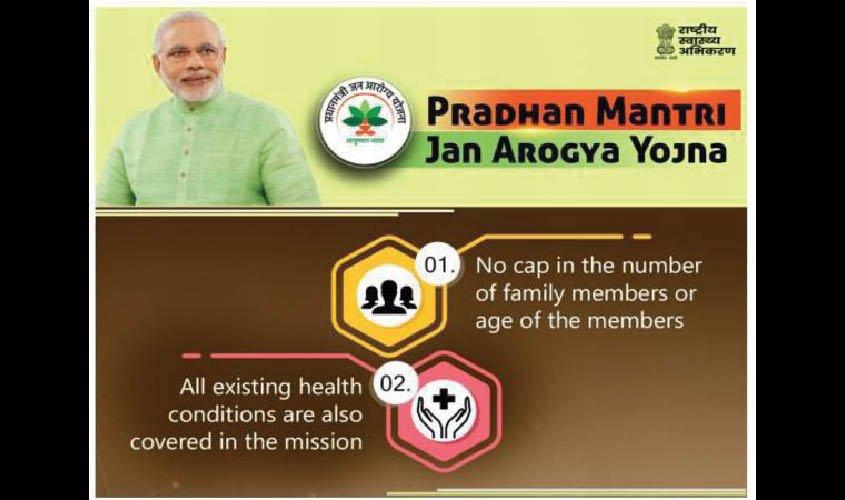The Pradhan Mantri Jan Arogya Yojana, also known as the Ayushman Bharat scheme, is an expanded version of Gujarat’s successful Mukhyamantri Amrutum health assurance scheme, which was started in 2012 by Prime Minister Narendra Modi when he was Chief Minister of the state. In fact, experts say that the PM Jan Arogya Yojana is a replica of Amrutum.
Taking the Gujarat model a step forward, PM Modi launched the Jan Arogya Yojana on 25 September. The Yojana aims to provide Rs 5 lakh worth health cover for free to 10 crore poor families each.
While the success of the PMJAY is still under test, over 4.485 million families, or 220 million individuals, have benefited from the Mukhyamantri Amrutum health assurance scheme in Gujarat for more than six years.
Gajendra Kaura, a former doctor at AIIMS, Delhi, said: “Despite being poor, if a person without worrying about bills, gets treatment done in a private hospital for free, that’s a victory for the government and policymakers.”
Kaura, who has been associated with both the Central and several state governments as a heath expert, said: “Prime Minister Narendra Modi’s Ayushman Bharat healthcare scheme is well thought of and has been implemented after seeing the success of a similar scheme called the Mukhyamantri Amrutum in Gujarat. PM Modi implemented this when he was the Chief Minister of the state. I believe that PMJAY is bound to be as successful as Amrutum.” “In fact, PMJAY will prove better due to its increased coverage amount. Under Mukhyamantri Amrutum, the insurance coverage was kept at Rs 3 lakh, but under this, the insurance coverage is Rs 5 lakh,” Kaura added.
Just like in Mukhyamantri Amrutum of Gujarat, for PMJAY the Modi government has opted for the “hybrid model”, which has a mixed role of insurance companies and governments in making payments for treatment smoother.
Amit Baweja, a doctor formerly at the Safdarjung Hospital and currently working with private hospitals, told The Sunday Guardian: “Too much reliance on insurance companies would make the Jan Arogya Yojana inflationary; therefore, the hybrid and ‘trust model’ has been given more prominence. The mixed model is more helpful than a pure insurance model.”
According to a senior insurance official, under the “trust” based model, each state will form its own trust to implement the insurance scheme and claims would be paid by the established trust. The trust will be run on the fund sharing scheme—the Centre will contribute 60% and the rest of the amount will be paid by the state government. In the “hybrid” model, a mixed payment policy works, in which the insurance companies and the government both play their respective roles to keep inflation under control.
As per the PM Jan Arogya portal, until now, around 14,000 hospitals have been empanelled for providing insurance coverage and almost 40,000 beneficiaries have already claimed the facility.

